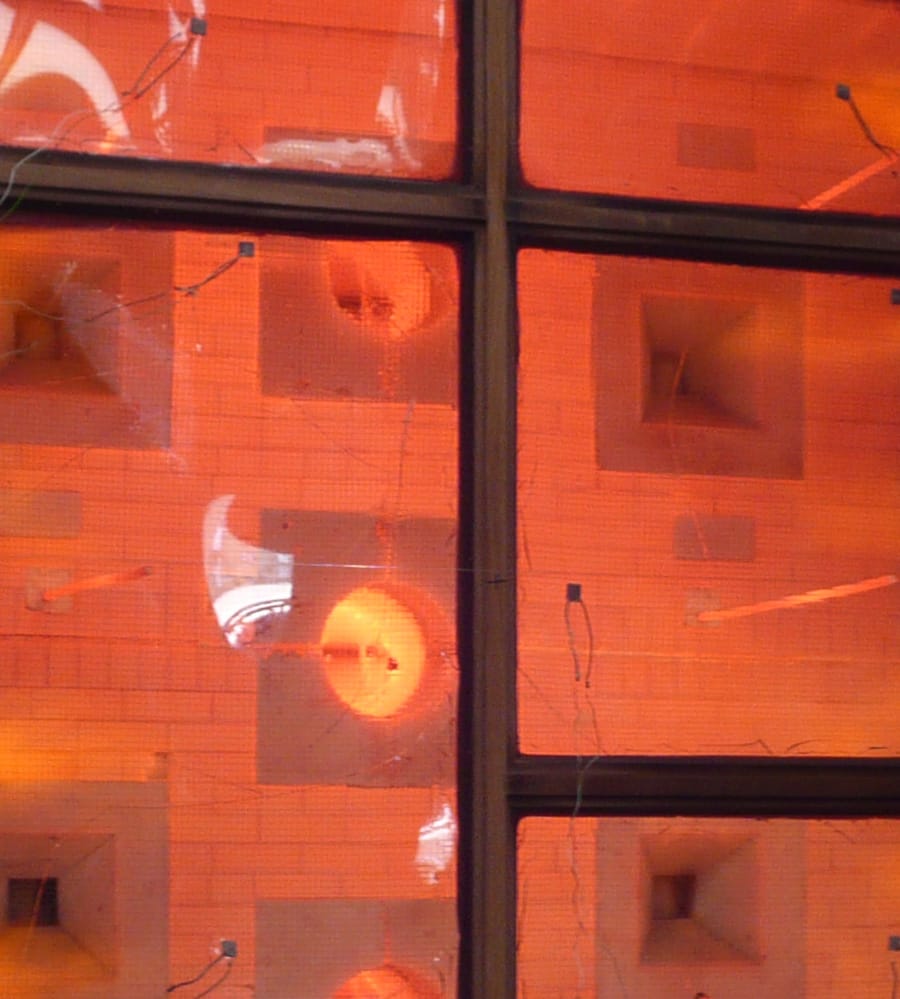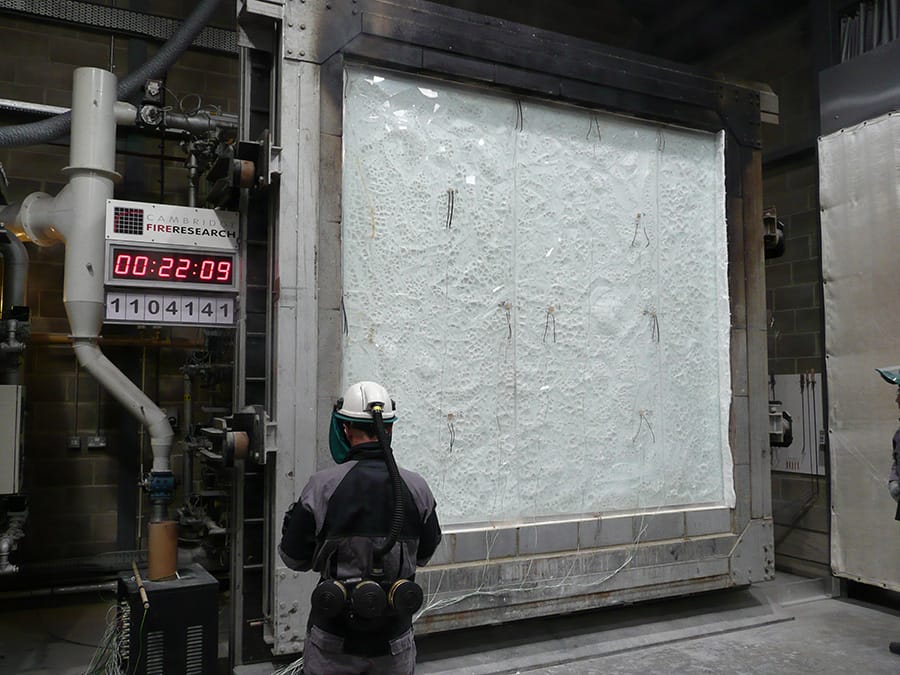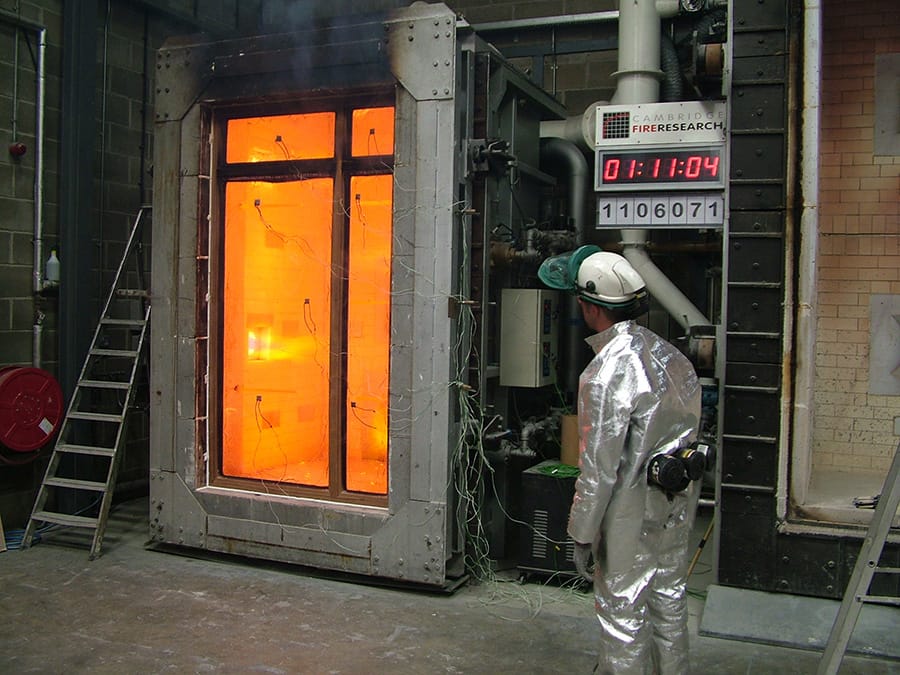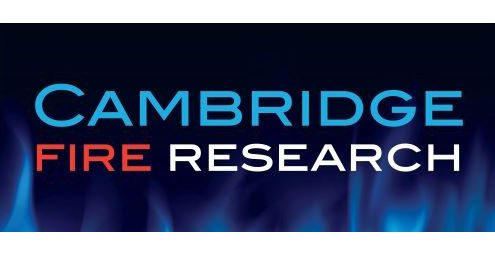
Glazing Elements - Fire resistance testing and product development
Where buildings are compartmentalised, in order to prevent the spread of fire and maintain means of escape, separating elements are often required to be completely or partially glazed.
The required fire performance in terms of Integrity, Insulation and Radiation, for any given situation, will be dictated by the presiding building code/legislation, which will also define the relevant test standard against which the conformity assessment must be made. Cambridge Fire Research (CFR) is able to conduct UKAS accredited fire tests to all major British, European, US and International standards on non-loadbearing elements, as listed below.
Any design and test guidance within the standard should be strictly followed to ensure that compliance is achieved, together with the widest field of application. Dependent on the result in test some standards will offer an automatic extension to scope of the tested design. Otherwise, increased scope may be obtained by product assessment. For further guidance on this process please consult CFR. As an Approved Body, CFR test evidence can be used for the purposes of UKCA marking and 3rd-party approval, subject to approval by your chosen Notified Certification Body. CFR tests are also recognised for UL certification.
Full Scale Testing
Vertical Elements

Exposed area 3.0(h)x3.0(w)m
Medium Scale Testing
Vertical Elements

Exposed area 2.4(h)x1.35(w)m
ASTM/UL Hosestream
High pressure water jet
After a designated period of fire exposure, the exposed face of the test specimen is subjected to a prescribed high pressure water jet regime.
If required CFR may be able to help with specimen installation. Please ask for details.
Test Standards
- BS 476 Part 22:1987 Section 10
- BS EN 1364-1:2015
- ISO 3009:2003
- UL 263:2011 Section 7
- UL 9:2009
- ASTM E119-18 Section 8.3
